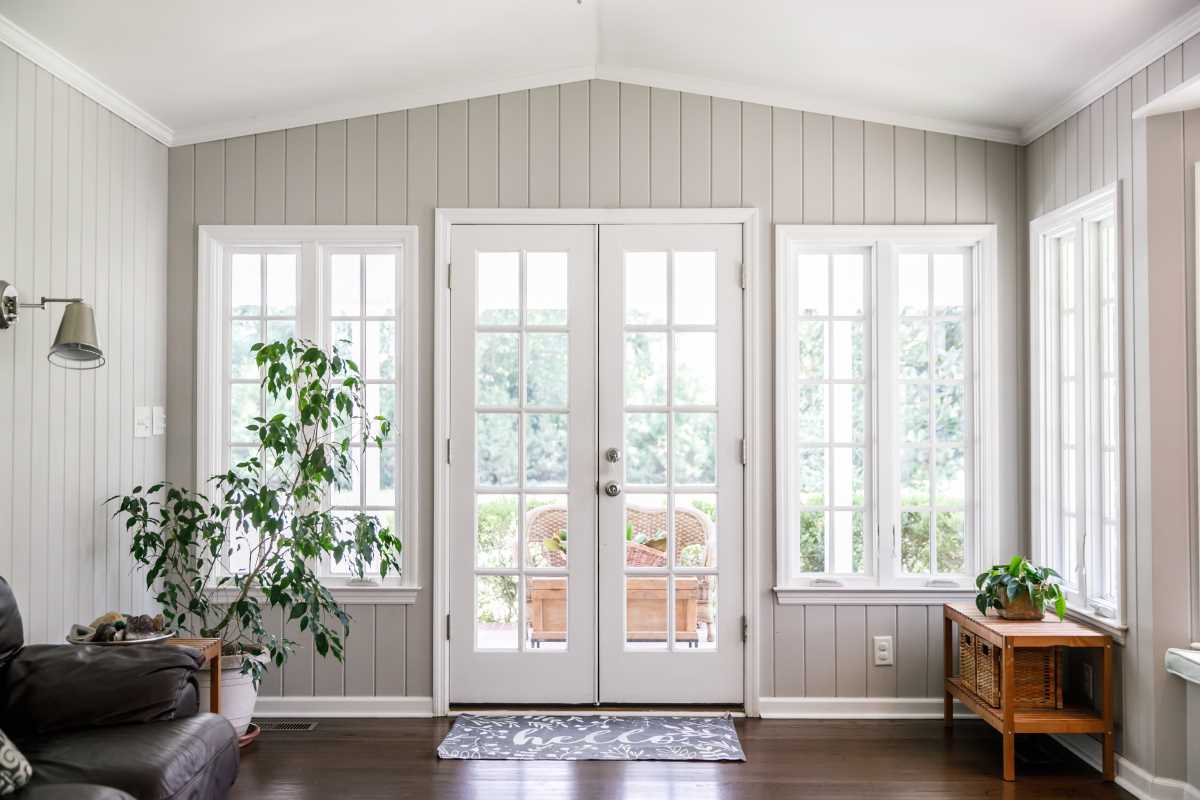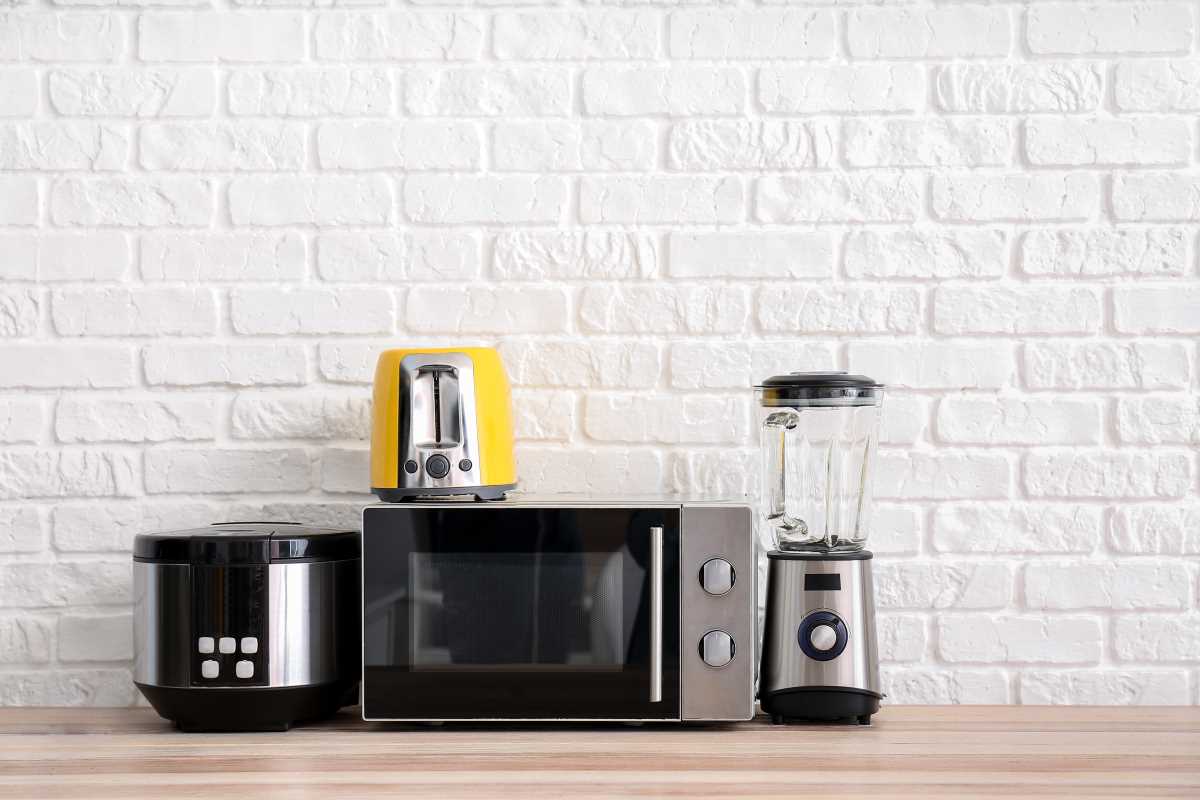When you become a homeowner, securing your home becomes a top priority. It’s not just about feeling safe; it’s about creating a sanctuary where you can truly relax. It’s reassuring to know you don’t always need to invest in costly security systems to achieve this. Everyday items around your house can double as effective security tools, offering both protection and savings. In this article, you’ll discover creative and straightforward methods to fortify your windows and doors using common household objects. With easy-to-follow instructions and practical examples, you’ll gain the confidence to enhance your home’s safety effortlessly.
You might feel overwhelmed by security options that seem designed for professionals with large budgets. Yet, creative solutions exist that let you improvise with common items. With easy-to-follow instructions and everyday objects, you add extra layers of protection to your home without spending extra cash.
Why Secure Windows and Doors?
Protecting entry points like windows and doors is vital in keeping your home safe. Many risks arise when these areas are not adequately secured. You take simple steps to reduce stress and prevent potential incidents.
- Unsecured windows allow unwanted access.
- Doors without proper reinforcements might suffer from forced entry.
- Using household items for security helps you avoid costly professional installations.
- DIY methods give you a sense of control and accomplishment in protecting your home.
When you work on basic security measures, you build confidence that your living environment is safeguarded. Tackling these tasks step by step not only improves safety but also encourages a mindset of home improvement and careful planning.
Spending time securing windows and doors means fewer vulnerabilities to break-ins or accidental intrusions. The creative tweaks discussed in this article provide guidance to reinforce your property easily and efficiently.
Household Items That Double as Security Tools
Reusing everyday items can be both inventive and practical. Several household objects double as makeshift security tools that strengthen your defenses without costing much. Consider items you frequently use; they might have hidden potential for extra safety measures.
- Dowel rods: You can place these in door frames to prevent doors from opening fully. They act as a physical barrier.
- Broom handles: Positioned under a door, these create a simple block against intrusion. They work especially well with light pressure on the door.
- Socks filled with pebbles: When stuffed into gaps around windows, they deter forced entry. Use them as temporary measures until more permanent solutions are installed.
- Rubber bands: These can secure window latches more firmly. They help keep windows shut tightly even during strong winds.
- Chair legs: Sitting them against a door in an unconventional way adds extra resistance when someone tries to force the door open.
Using these ideas, you not only cut down on extra expenses but also add a unique twist to home security. Each tool has its charm and offers flexibility based on the specific needs of your household.
Creativity in the face of necessity brings out resourcefulness. The small steps of reinforcing your entryways can build a strong defense system. Try mixing and matching these ideas to suit various windows and door configurations in your home.
Step-by-Step: Securing Your Doors with Items You Already Own
Start by gathering a few simple tools from around your home. Look for sturdy items like a broom handle, a wooden dowel, or even a piece of metal tubing. These objects can bridge the gap between basic home security and a makeshift lock that deters intruders.
Follow these steps to protect your door: Identify the door type and check where the viewer can be installed; push the household item firmly underneath the door or attach it so it forms a barrier; ensure the object is secure and can withstand moderate pressure. Constantly test the door’s resistance by applying gentle force to see if it moves. These small adjustments can significantly improve the door’s ability to withstand unwanted force.
- Inspect the door frame for any loose parts that might compromise security.
- Position the item in the correct angle for optimal resistance.
- Monitor the door’s condition over time and replace the improvised tool if it becomes worn out.
This method emphasizes practical application and ensures that every item found around your home plays a part in your new security setup. The hands-on approach is particularly useful when you value immediate results without lengthy installations.
Make sure to adjust these techniques based on your door’s unique structure. Every house has different door styles, and adapting methods to suit those designs makes your security measures more effective.
Creative Solutions for Windows
Windows can be an easy target for intruders if left unattended. Start by examining your window design and listing out the available household items that can help secure them. For taller windows, consider using long objects like a sturdy broom handle or a fixed-length rod that fits within the window tracks.
Follow these creative solutions to safeguard your windows: Insert a dowel rod or long, secure rod in between the window sashes to block the window from opening fully; use heavy books or items that fit snugly into the window frame to act as weight; secure window cords with rubber bands over the latch to hold it tightly shut. Each approach relies on common objects repurposed into security features.
- Measure your window openings to determine the best tool and size to use.
- Test each solution one at a time to see which fits best with your window frame.
- Check the placement frequently to ensure the window remains firmly closed.
Implementing these ideas creates a reliable first line of defense, even when you cannot install professional-grade hardware immediately. Personal adjustments make the system robust and adaptable to any sudden security concerns.
Using creativity and resourcefulness, you can turn everyday items into tools that protect your home.
 (Image via
(Image via





